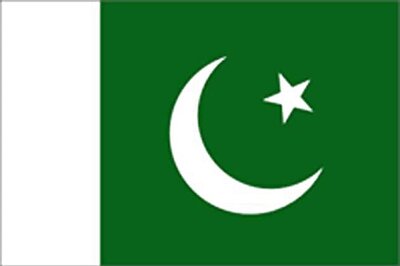
views
The five-day interactive festival of dances organised by South Zone Cultural Centre of Government of India, in association with Bharatiya Vidya Bhavan, Chennai, culminating with a fusion programme (Triveni Sangamam) of Bharathanatyam, Kuchipudi and Mohiniyattam, focusing on fundamentals, revealed the cultural diversity and regional cultural identities. I thought it would be educative, if I could evaluate historically the origin of several forms of such dances and accordingly, I am continuing my article series in other dance forms.
The Odissi dance of Odissa is considered one of the oldest based on archaeological evidences. The present day Odissi is however, a culmination of a process of reconstruction from various dance traditions of Orissa, like Maharis, Gotipuas and the Bhande Nritya traditions. Maharis were equivalent to Devadasis of the South. Gotipuas were basically men, who dressed themselves like female dancers and dance like Maharis. Jayadeva’s Gita Govinda, has enriched the content and style of this form of dance.
The word Kathak, derives its name from ‘Katha’ literally means a story teller. In olden days, story tellers used song and dance to narrate stories effectively. While it took the shape of Kathakalashepam and Harikatha in the South, it took beautiful dance form in the North, known as Kathak. By about 15th century, this dance form has undergone a tremendous change, with the influence of Muslim dance and music.
The influence changed the entire structure of Kathak, so much, that by about 16th century, a transition took place in terms in of dress regulation and presentation, when the movement of the foot and rotation, have become more dominant in this kind of dance.
Manipuri is the classical dance of the North East. Delicate in nature and soft in presentation of its music, this dance involves a unusual treatment of the body when the straight line is never broken with basic movement. Certainly, it involves an unusual treatment of the body. It has attained more popularity with the advent of Chaitanya cult themes from Vishnupuranam, Bhagavathapuranam and compositions from the Gita Govinda, are dominant in this dance.
It is very certain that the individual dancer, transforms into a character in the Indian dance and submerges himself or herself in the religious offerings, whereas individual remains as he orshe in the western dance.
Evidently, it is a great tribute to the humanity that people of different nations understand, appreciate and enjoy each other’s, irrespective of the language and race, theme and expression. We understand, that the dance the most ancient language of the human race, still has the power to keep the humanity united.




















Comments
0 comment